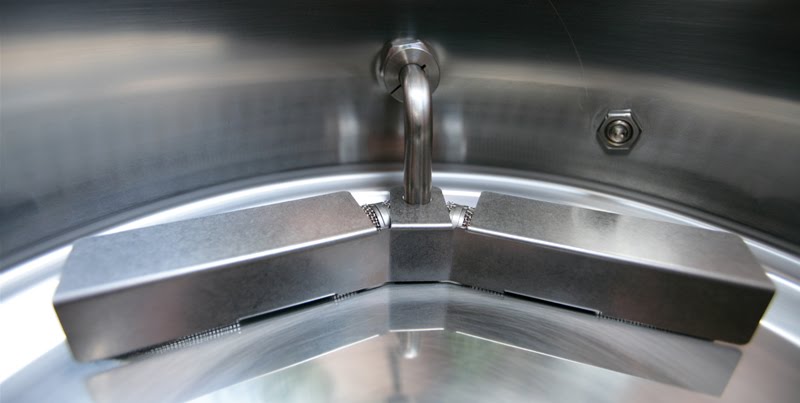Sizz, I also like the idea of the tube in the bottom.
I use a Blichmann BK, and have wondered if I turned the pickup tube sideways, at 'some angle' instaed of facing the bottom, I could chill my wort, wait for it to settle, and drain from the valve, instead of having to use a siphon.
I use a Blichmann BK, and have wondered if I turned the pickup tube sideways, at 'some angle' instaed of facing the bottom, I could chill my wort, wait for it to settle, and drain from the valve, instead of having to use a siphon.























































![Craft A Brew - Safale S-04 Dry Yeast - Fermentis - English Ale Dry Yeast - For English and American Ales and Hard Apple Ciders - Ingredients for Home Brewing - Beer Making Supplies - [1 Pack]](https://m.media-amazon.com/images/I/41fVGNh6JfL._SL500_.jpg)








